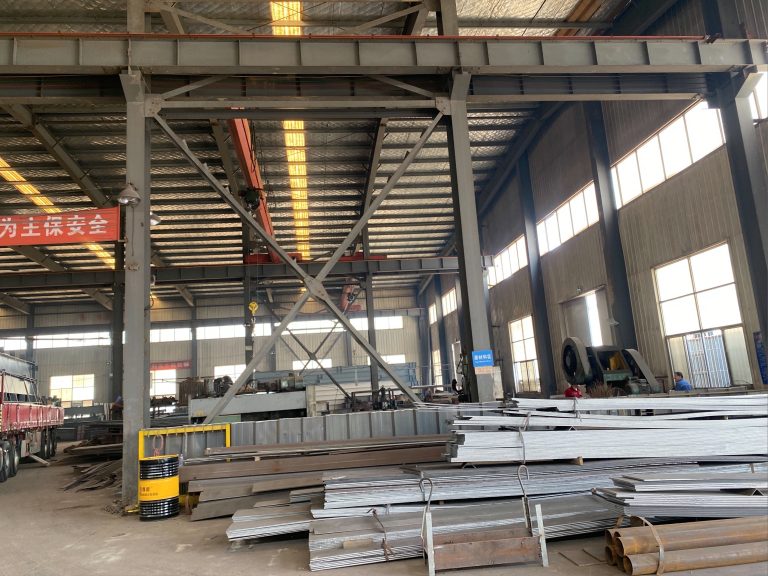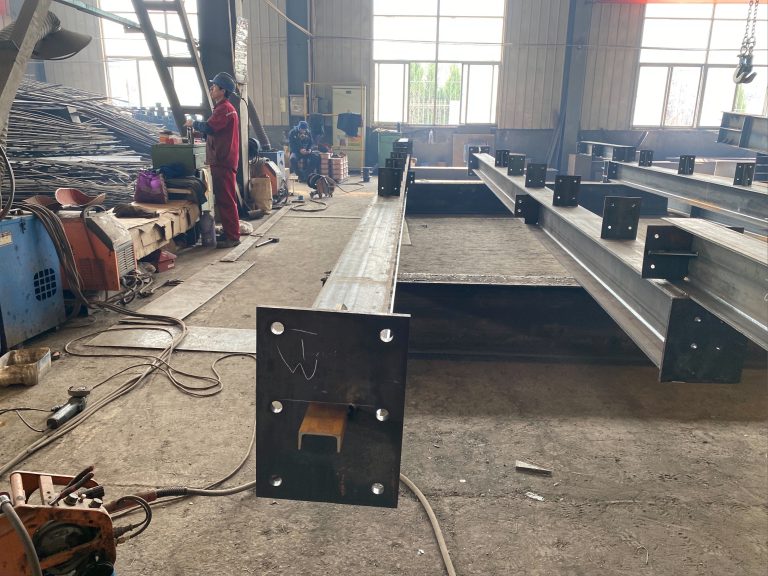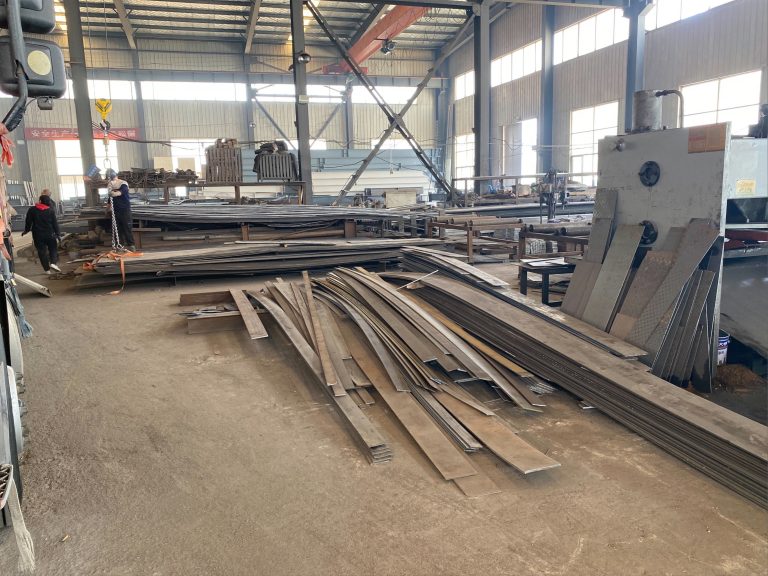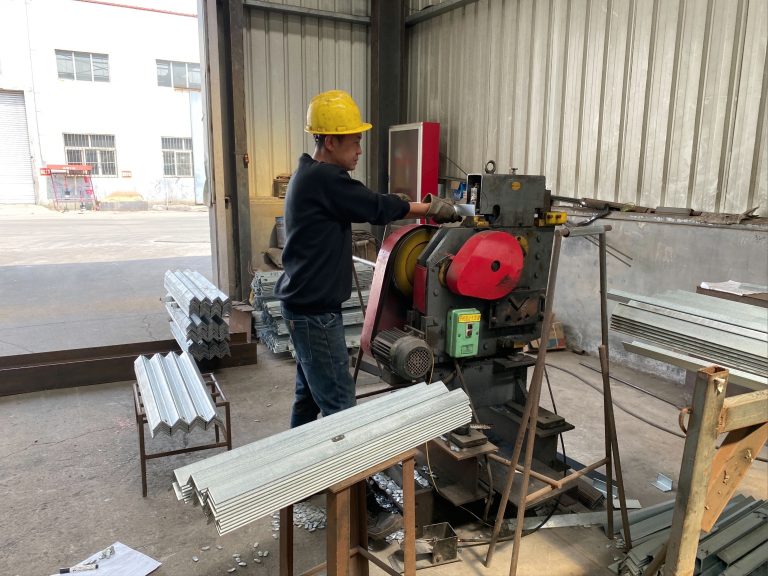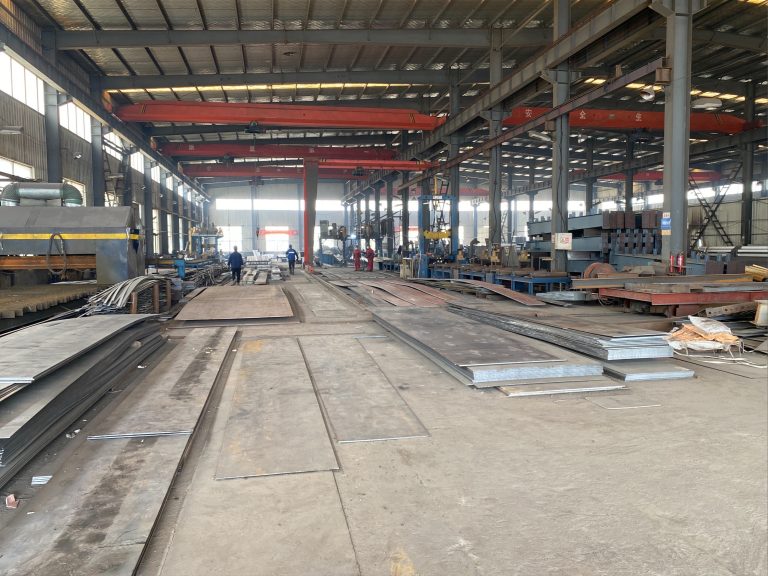The power of steel structure industry in promoting scientific and technological innovation and technological progress in the construction industry
Table of Contents
Advancements in Steel Structure Design and Engineering
The steel structure industry has played a crucial role in promoting scientific and technological innovation in the construction industry. With its strength, durability, and versatility, steel has become a popular choice for building structures of all types. From skyscrapers to bridges, steel has proven to be a reliable and cost-effective material for construction projects around the world.
One of the key advantages of steel structures is their ability to be prefabricated off-site and then assembled on-site. This not only speeds up the construction process but also allows for greater precision and quality control. As a result, steel structures are often completed faster and with fewer errors than traditional construction methods.
In recent years, advancements in steel structure design and engineering have further enhanced the capabilities of steel as a building material. Computer-aided design (CAD) software has revolutionized the way steel structures are designed, allowing for complex shapes and configurations that were previously impossible to achieve. This has opened up new possibilities for architects and engineers to create innovative and visually striking buildings.
Furthermore, the use of Building Information Modeling (BIM) technology has enabled designers to create detailed 3D models of steel structures, allowing for better visualization and coordination between different trades involved in the construction process. This has led to more efficient and collaborative project delivery, reducing errors and delays.
Another area of innovation in the steel structure industry is the development of high-strength steel alloys. These alloys have higher tensile strength and yield strength than traditional steel, allowing for lighter and more efficient structures. This not only reduces material costs but also makes buildings more resilient to extreme weather conditions and seismic events.

In addition to material advancements, the steel structure industry has also made significant progress in the field of sustainability. Steel is one of the most recyclable materials in the world, with a high recycling rate that reduces the environmental impact of construction projects. Furthermore, steel structures can be designed to be energy-efficient, with features such as solar panels, green roofs, and passive heating and cooling systems.
The integration of technology into steel structure design and engineering has also led to improvements in safety and quality control. Advanced monitoring systems can track the performance of steel structures in real-time, detecting any signs of structural fatigue or failure before they become a safety hazard. This proactive approach to maintenance and inspection has helped to prevent accidents and ensure the long-term durability of steel structures.
Overall, the power of the steel structure industry in promoting scientific and technological innovation has had a profound impact on the construction industry. From advancements in design and engineering to improvements in sustainability and safety, steel structures continue to push the boundaries of what is possible in construction. As technology continues to evolve, we can expect even greater advancements in steel structure design and engineering, further solidifying steel’s position as a cornerstone of modern construction.
Impact of Steel Structures on Sustainable Construction Practices
The steel structure industry plays a crucial role in promoting scientific and technological innovation and technological progress in the construction industry. Steel structures have become increasingly popular in the construction sector due to their numerous advantages, such as strength, durability, and flexibility. These structures are not only cost-effective but also environmentally friendly, making them a sustainable choice for modern construction practices.
One of the key ways in which the steel structure industry promotes scientific and technological innovation is through the development of advanced construction techniques and materials. Steel structures are known for their high strength-to-weight ratio, which allows for the creation of large, open spaces without the need for excessive support columns. This has led to the development of innovative building designs that were previously not possible with traditional construction materials.
Furthermore, the use of steel in construction has led to the development of new fabrication and assembly techniques that have revolutionized the construction process. Prefabricated steel components can be manufactured off-site and then assembled on-site, reducing construction time and costs. This has also led to the development of modular construction techniques, where entire buildings can be constructed in a fraction of the time it would take with traditional methods.
In addition to promoting innovation in construction techniques, the steel structure industry has also played a significant role in driving technological progress in the construction sector. The use of advanced computer-aided design (CAD) software has allowed architects and engineers to create complex and intricate steel structures with precision and accuracy. This has led to the development of iconic buildings and structures that push the boundaries of what is possible in construction.
Moreover, the integration of Building Information Modeling (BIM) technology has further enhanced the efficiency and accuracy of steel structure design and construction. BIM allows for the creation of detailed 3D models that can be used to simulate the entire construction process, from design to fabrication to assembly. This not only helps to identify potential issues before they arise but also improves communication and collaboration among project stakeholders.
The steel structure industry has also been at the forefront of sustainable construction practices, promoting the use of recycled and recyclable materials in building design and construction. Steel is one of the most recycled materials in the world, with a recycling rate of over 90%. This not only reduces the environmental impact of construction but also helps to conserve natural resources and reduce waste.
Furthermore, steel structures are highly energy-efficient, with the ability to be easily insulated and sealed to minimize heat loss and reduce energy consumption. This has led to the development of energy-efficient buildings that are not only environmentally friendly but also cost-effective to operate in the long run.
In conclusion, the steel structure industry plays a vital role in promoting scientific and technological innovation and technological progress in the construction industry. From advanced construction techniques and materials to cutting-edge design and fabrication technologies, steel structures have revolutionized the way buildings are designed and constructed. With a focus on sustainability and environmental responsibility, the steel structure industry is paving the way for a more efficient, cost-effective, and environmentally friendly construction sector.

